How to Thicken Sauces and Other Foods
The ability to expertly thicken sauces and other foods is one way to separate the casual home chef from the gourmet home chef. Most of us have, at one time or another, been served a lumpy gravy or pie filling. And most of us didn’t especially enjoy it.
The good news is, once you understand the basics of how to thicken food, you need never serve lumpy sauce again.
Roux
A combination of fat and flour, roux is the traditional way to thicken sauces.
There are three types of roux;
- White roux : Used for white sauces or where no coloring of the food is wanted.
- Blond roux : Which is an ivory shade.
- Brown roux
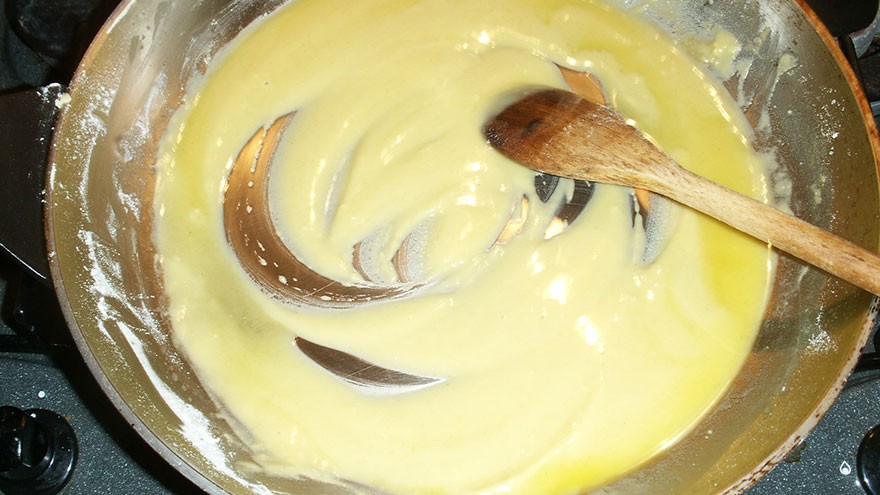
How to Make Roux
- Heat butter or other fat in a heavy, non-aluminum saucepan over medium heat.
- Stir in the flour, creating a paste. Pastry or cake flour works best, because they contain more starch.
- Cook and stir until the desired color appears. Remove white roux from the heat immediately after it becomes bubbly or frothy. Blond roux needs a little more time to turn ivory colored, and brown roux should be cooked until it takes on a true brown color. Properly cooked roux doesn’t pour well because it’s so stiff.
- Add cold stock to the roux (or add room-temperature stock to hot roux), whisking well.
- Cook for about 20 minutes. This is a vital step that removes the otherwise floury taste.
What is Beurre Manie
A mixture of butter and flour, beurre manie (pronounced burr mahn-yay) is often used for thickening foods near the end of the cooking process. First knead together the butter and flour until it is smooth. Then whisk pea-sized balls into simmering liquid.
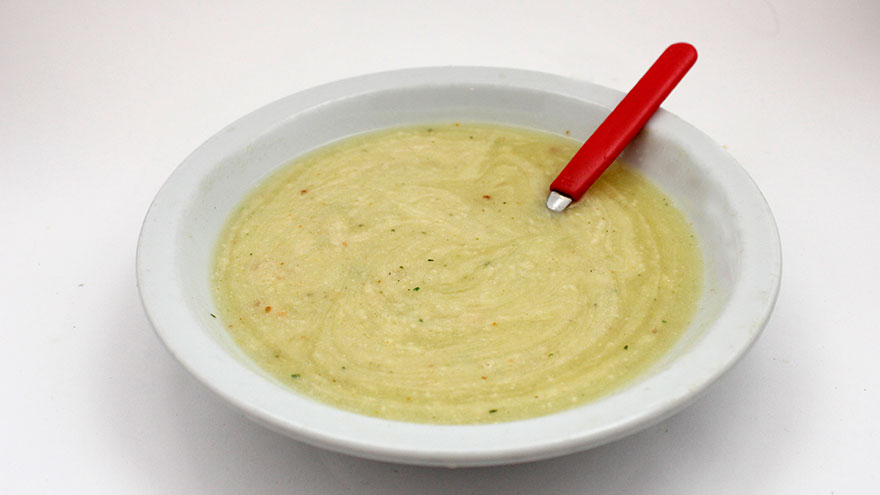
Cornstarch and Arrowroot
Home chefs often use all purpose white flour to thicken gravy and other foods, but cornstarch (which is a type of flour) is usually a better choice. Foods thickened with cornstarch are less likely to have a floury taste, and cornstarch is clear and fine, rather than white and heavier, like other flours.
For best results, mix the cornstarch with water before adding it to sauces or other foods. This will help prevent clumping. When you need to thicken wine, vinegar or juices, you’ll also need to use more cornstarch than you would otherwise. Do not overheat or overcook foods thickened with cornstarch or they will become overly liquid, instead of thick.
Arrowroot is even more clear than cornstarch, but can be used in the same way. Made from the roots of certain tropical plants, arrowroot is generally more expensive than cornstarch.
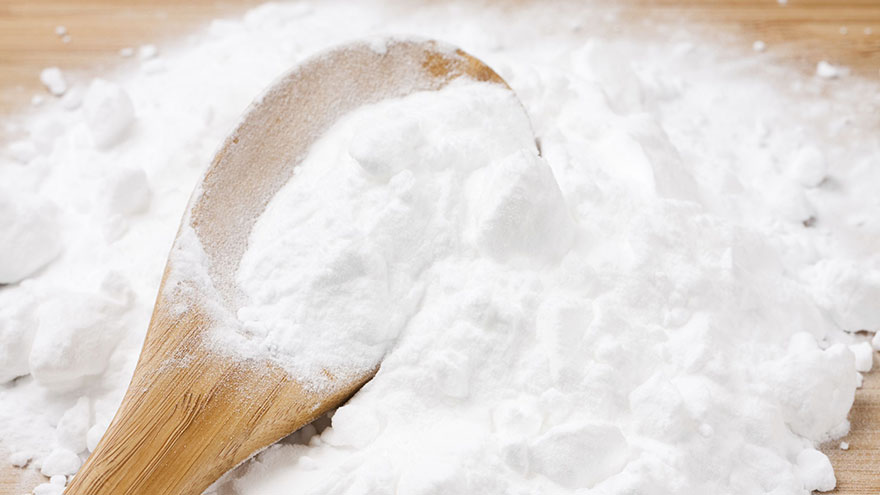
Potatoes and Rice
Many soups – especially chowders – are thickened with potatoes. Russets are the best choice in this situation because they contain more starch than many other types, and are more likely to break apart, releasing the proteins that help thicken liquids.
Rice is another good thickener for soups. Just make certain the rice is well cooked and soft before pureeing it and adding it to soup.
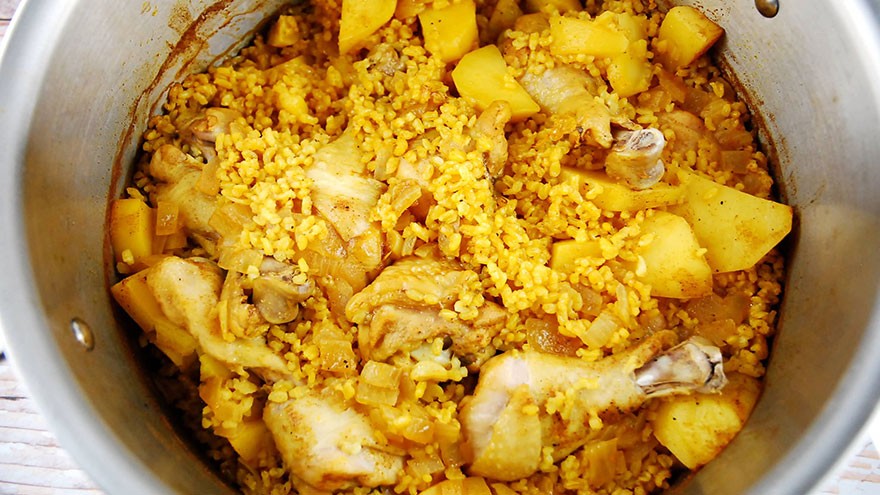
Liaison
A mixture of egg yolks and heavy cream, liaison provides slight thickening and a smooth texture. Great care must be taken not to allow the egg yolks to curdle (over cook).
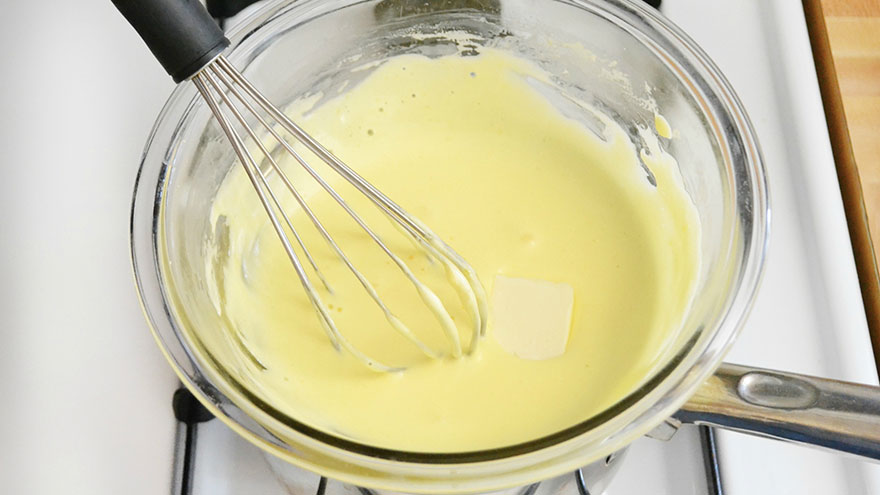
How to Make Liaison
- Whisk together three parts heavy whipping cream with one part egg yolk.
- Add a small amount of hot liquid (such as stock) and keep stirring.
- Add the egg yolk mixture to the rest of the hot liquid. Remove from heat the instant the proper thickness is achieved.
Check out the video version of this article on YouTube

